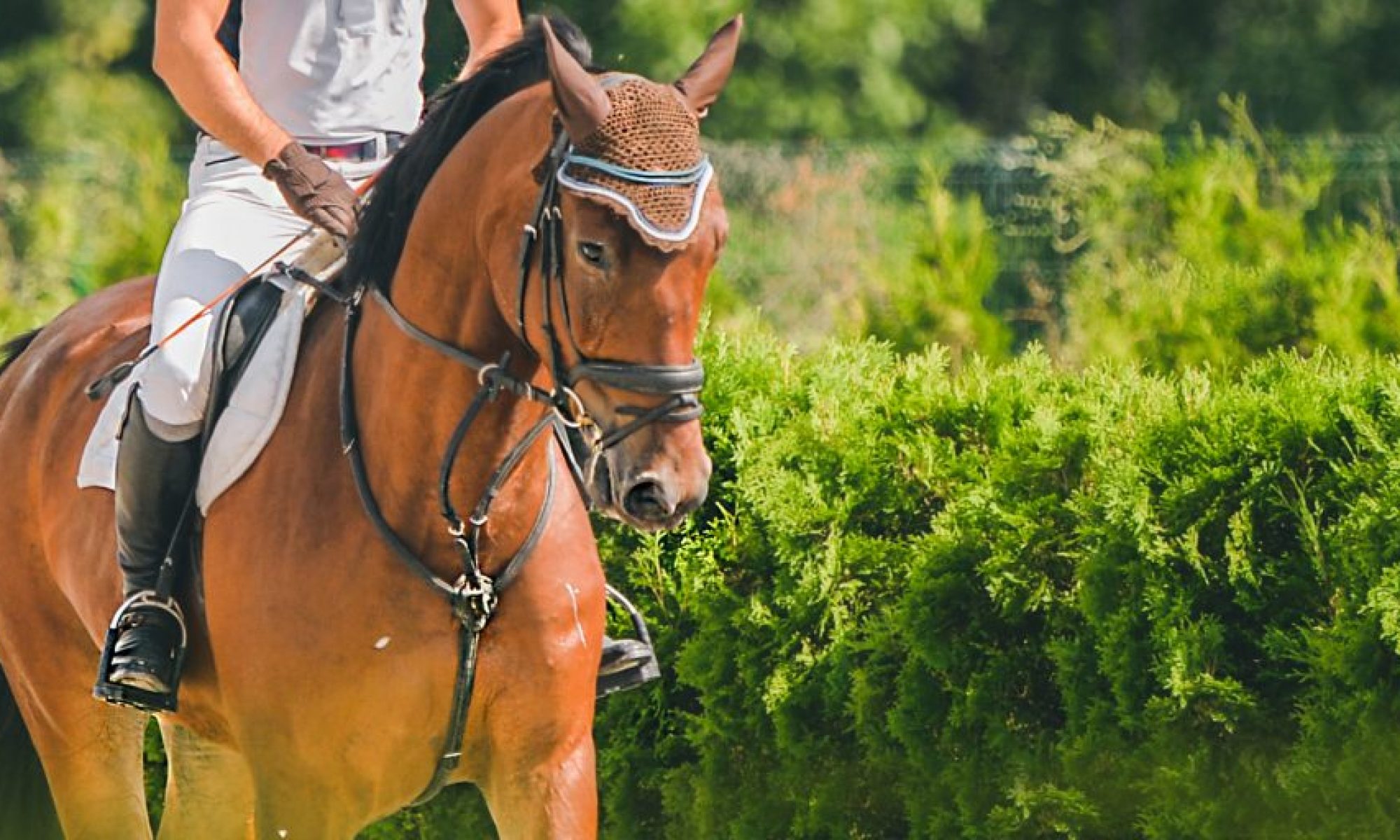Who remembers the GI Bill? It was a range of benefits provided by the U.S. government for World War II veterans returning home after the war. Through it, Harold Garde received his initial art education at the University of Wyoming. Seven decades later, the artist’s education engages and challenges us in his works across the decades.
Garde, “the rebellious provocateur” as GrowingBolder.com has put it, was born in New York City in 1923 to Eastern European Jewish immigrant parents. He joined the U.S. Air Force and served in the Philippines and World War II from 1943 to 1945. He was exposed to Abstract Expressionism during his educational years, which clung a bit to his early career.
Garde’s prolific art career began in the later generation of Abstract Expressionists during the 1950s and ’60s. Early influences of Surrealism and Figurative painting in his educational years also seem to have held a motif to his later work. As his career matured, he seemed to grasp an individual gestural abstraction into the figurative forms of art. His works withheld hints of influence driven by the period of Neo-Expressionists between the 1980s and ’90s.
In 1984, Garde and his wife moved to Belfast, Maine, where many of his earlier works are represented. Garde was able to find his place as an artist in Belfast, where he remained an influential contemporary American artist making his mark on the world. In 1993, it was on to New Smyrna, where he then split time between Maine and his Florida home. Garde died Oct. 11, 2022, in Florida, just shy of 100 years old.
Garde invented Strappo printmaking in the mid-1980s as Neo-Expressionists were busy affecting conceptual and minimal art with their intense subjectivity. He developed this technique by combining printmaking and painting as an artistic ambivalence of originality worth mentioning. It is a transference of acrylic paint layers from smooth surfaces, such as glass, onto paper. The technique gives a reversal image of the layered medium, and a “Strappo Monotype.” His famous 2005 “Self-Portrait,” not at all shy by use of line, was acrylic Strappo mounted on paper. Garde taught his technique in workshops nationwide.
Garde challenges us to look back to the post-war movement in a new depth of today’s reality. His work transcends generations; to view it is to feel the past as an offset to emotional provocation. In the art industry, it is well identified that successful art is a work that provokes emotion, or which provokes a distinctive reaction. It is a work that defends itself while connecting points of view within the psychological stratosphere of others. It is a movement with time, as Garde proves to us, in shadows of color and thick use of strokes.
For example, “Nude Woman 2” is a geometrical offset between spatial relationships, and it is fortified with contrasts of color. It can be a reminder of the short-lived Fauvism even before his time. In one way, Nude Woman 2 appears to be divided into four separate sections. When we look deeper, the form absorbs its colorful depth, and into a minimized picture as a whole. It is then a man hiding behind the door where Nude Woman 2 is, and here we can see the desperate yearning for his helpless passions. These passions are further emphasized on the door that his back is against, where thought-provoking consciousness holds to his ear. Then we have a still life that decorates the room. What better color to use to paint a flower and what the flower sits in? The geometrical usage surpasses cleverness; it is where we see emotion as Garde shares it with us. It is the emotion that brings the painting to life.
Garde composes the figurative landscape into a two-dimensional acrylic on canvas in “Lady with a Cape” (2005). The passivity is here and is to be revealed within the autonomy of his subject, as Garde seemingly avoids any further depth away from her arm. The flattened background seems less important than the figure, and yet somehow a part of her, while the colors are geometrically atoned to emotion. Here, he develops a synchronicity of it that is held by her expression.
“Harold Garde at 100: The Unseen Works in Two Acts” features 100 never-before-exhibited artworks. This exhibition will unfold over the course of 2024, with selected paintings and works on paper from Maine, New York, and Florida. These works highlight the continuity of Garde’s clear vision and his unwavering symbolic hierarchy across decades.












